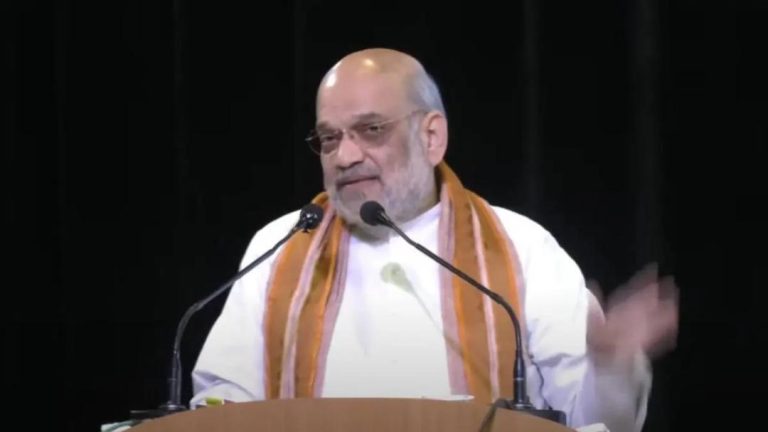
Indian Researchers Propose Photonic Fibre for Better Data Transfer
In a breakthrough that could revolutionize the way we transmit data, researchers in India have proposed a novel solid-core photonic crystal fibre (PCF) with a unique air hole pattern that enhances data transmission in the mid-infrared spectrum. According to simulations, this innovative fibre offers an ultra-high numerical aperture, precise signal transmission, and low loss, which could lead to significant advancements in optical communication and sensing technologies.
Optical communication has become an essential part of our daily lives, with fibre optic cables playing a crucial role in transmitting vast amounts of data across the globe. However, traditional fibre optic cables have their limitations, particularly in terms of data transfer rates and capacity. The mid-infrared spectrum, which falls between the visible and far-infrared ranges, offers a promising solution to overcome these limitations. The mid-infrared spectrum is less crowded and has a higher bandwidth, making it an ideal range for high-speed data transmission.
The Indian research team, led by Dr. R. C. Kuhni, has designed a novel solid-core PCF with a unique air hole pattern that allows for efficient transmission of data in the mid-infrared spectrum. PCFs are known for their ability to confine light within the fibre core, reducing losses and increasing transmission rates. However, traditional PCFs have limitations in terms of numerical aperture, which affects their ability to transmit data efficiently.
The researchers’ design addresses this limitation by incorporating a unique air hole pattern that increases the numerical aperture of the fibre, allowing for more efficient transmission of data. The air holes are arranged in a specific pattern that creates a ‘cladding’ around the fibre core, which helps to reduce losses and increase the fibre’s ability to transmit data.
Simulations conducted by the research team show that the proposed fibre has an ultra-high numerical aperture of 0.99, which is significantly higher than traditional PCFs. This means that the fibre can transmit data more efficiently, resulting in faster data transfer rates and increased capacity.
In addition to its high numerical aperture, the proposed fibre also offers precise signal transmission and low loss. The unique air hole pattern helps to reduce signal distortion, ensuring that data is transmitted accurately and efficiently. The low loss rate of the fibre also means that less energy is lost during transmission, resulting in reduced power consumption and increased fibre lifespan.
The implications of this research are significant, with potential applications in various fields, including:
- High-speed data transmission: The proposed fibre could enable faster data transfer rates, enabling the transmission of large amounts of data over long distances in a shorter period.
- Optical sensing: The fibre’s unique properties could be used to develop sensitive optical sensors that can detect even small changes in temperature, pressure, and other physical parameters.
- Medical applications: The fibre’s ability to transmit data in the mid-infrared spectrum could enable the development of advanced medical imaging techniques, such as thermal imaging and spectroscopy.
- Secure communication: The fibre’s high numerical aperture and low loss rate could enable the development of secure communication systems that are resistant to eavesdropping and interception.
While the proposed fibre is still in the theoretical stages, the research team is optimistic about its potential to revolutionize the field of optical communication and sensing. As Dr. Kuhni notes, “Our design has the potential to overcome the limitations of traditional fibre optic cables and enable faster, more efficient, and more secure data transmission. We believe that this technology has the potential to transform the way we communicate and interact with each other.”
As the world continues to rely on fibre optic cables for data transmission, it is essential to develop new technologies that can keep pace with the growing demand for faster and more efficient data transfer. The proposed photonic fibre is a significant step in that direction, and its potential applications are vast and exciting.
Source: https://researchmatters.in/news/theoretical-fibre-optic-material-more-efficient-traditional-ones






